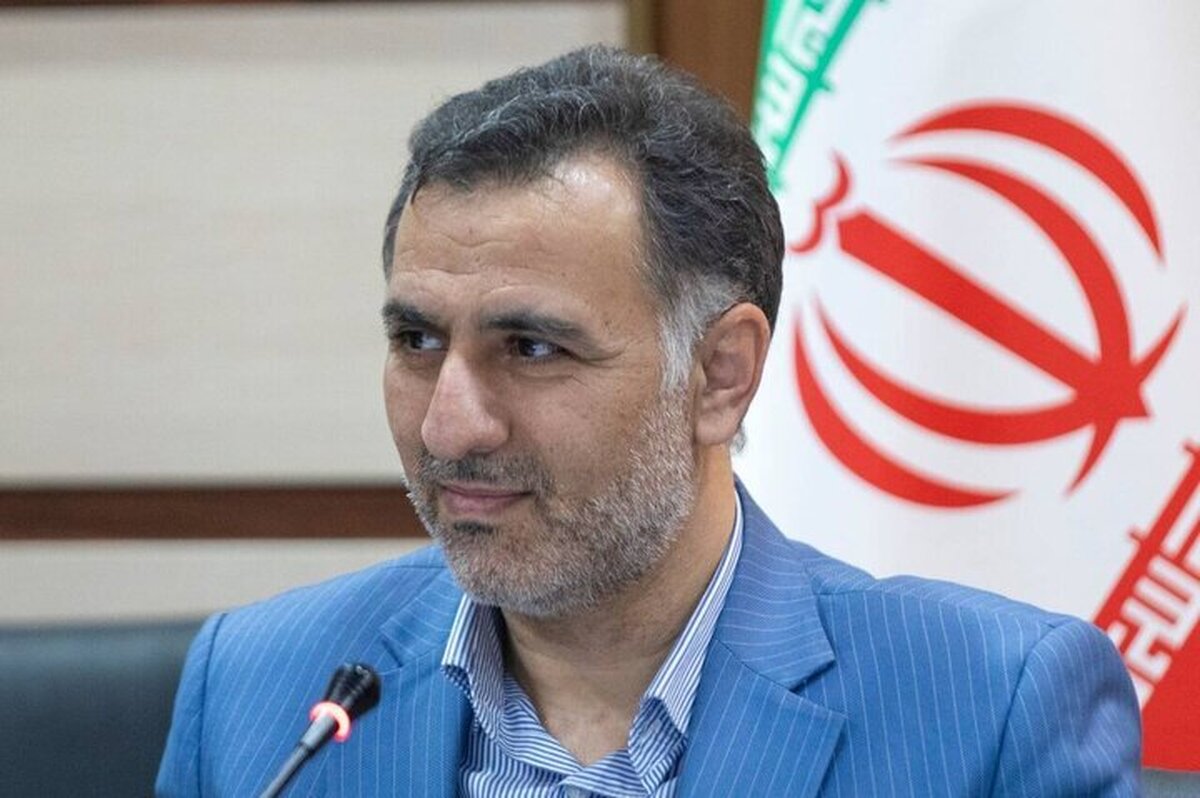
Qeshm Crude Refinery Operational
EghtesadOnline: President Ebrahim Raisi on Friday officially launched Phase 1 of Qeshm ultra-heavy crude oil refinery in southern Hormozgan Province.
Built by Pars Behin Palayesh Naft Qeshm Company, a subsidiary of the Pasargad Energy Development Company, the facility will produce bitumen and light petroleum products.
“Costing $220 million, the refining complex has a processing capacity of 35,000 barrels of heavy crude per day,” Oil Minister Javad Owji was quoted as saying by IRNA.
Located on Qeshm Island in southern province, it took eight years to build on a 45-hectare plot with the help of domestic engineers.
"The feedstock will be provided by offshore platforms in Soroush and Norouz Oilfields in the Persian Gulf," Owji said.
“The refinery's output will primarily be bitumen [960,000 tons per annum] plus diesel, kerosene and naphtha [7 million barrels]. The facility will convert very heavy oil grades produced in the region into value-added commodities and create jobs in the region.”
Referring to the second phase, Owji noted that close to $400 million have been earmarked for the venture in which case the refinery’s capacity will double over the next three years. The project so far has created more than 1,400 jobs directly and indirectly.”
According to Owji, the province accounts for 37% (850,000 barrels) of Iran’s total crude refining capacity.
Qeshm has the potential to become an energy hub in the Persian Gulf and one of the largest producers of oil, gas and electricity.
Numerous hydrocarbon fields, proximity to the strategic Strait of Hormuz and Oman Sea, connection to the national gas network and access to Central Asian markets are among the advantages of the strategic island.
It is the largest island in the Persian Gulf close to the Omani port of Khasab and fishing is a leading occupation of local inhabitants.
On the limited arable land, dates and melons are grown while salt is mined along the southeastern coast. The island is also famous for its wide range of ecotourism attractions such as the Hara Marine Forests.
A subsidiary of Bank Pasargad, the Pasargad Energy Development Company is active in offshore drilling (jackup rig ownership and operation), general contracting (oil and gas exploration and production) and pipe manufacturing.
The company has invested close to $500 million in the island’s infrastructure development plans over the last four years, due to which products worth $6 billion can be exported from the island annually.
Oil Jetty
The firm built an oil jetty in the Persian Gulf on Qeshm Island in 2021 at an estimated cost of $64 million.
With a capacity to handle 14.5 million tons of goods, the oil jetty is in the final stages of construction.
The island has more than 17 oil and gas fields with over 1.2 trillion cubic meters of in-place gas and 4 billion barrels of in-place oil.
Located near the northern coast of Qeshm Island, Hara Oil Jetty will facilitate the import of feedstock and export of oil and petrochemicals.
The oil minister noted that raising the quality and output of oil refineries and building new refineries are on the agenda to help increase Iran's oil refining capacity by 1.5 times in five years.
“Development programs are underway to bring the country’s refining capacity, including crude oil and gas condensates, to 3.5 million barrels per day from the current 2.1 mb/d,” he said.
“Investors have been identified for generating and developing refining capacity, and they have signed agreements with the Oil Ministry in this regard.”
Lack of investment has severely impaired the National Iranian Oil Company’s ability to process crude, which explains the firm’s declining refining capacity over the past eight years.
Based on data from the Oil Ministry and NIOC, failure to capitalize on the private sector’s experience, absence of rehabilitation plans and the focus on the sale of low value-added products have reduced oil processing capacity by 231,000 barrels per day since 2013.
Refining complexes across Iran processed 2.331 million barrels of crude per day in 2013. Nonetheless, the capacity has now dwindled to 2.1 million, registering an 11% decline.
Abadan, Bandar Abbas and Isfahan refining facilities have experienced the largest decline of 68,000 barrels, 48,000 barrels and 44,000 barrels in processing capacity respectively over the eight-year period.
The capacities of refineries in Tehran, Kermanshah, Hormozgan and Tabriz have also dipped by 25,000 barrels, 19,000 barrels, 18,000 barrels and 9,000 barrels per day respectively.


